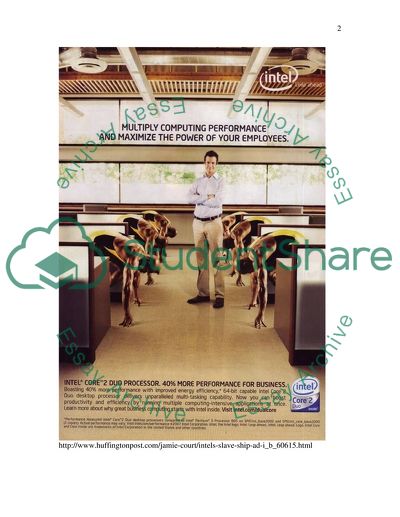Cite this document
(“Media Meanings Essay Example | Topics and Well Written Essays - 1000 words”, n.d.)
Retrieved from https://studentshare.org/miscellaneous/1553148-media-meanings
Retrieved from https://studentshare.org/miscellaneous/1553148-media-meanings
(Media Meanings Essay Example | Topics and Well Written Essays - 1000 Words)
https://studentshare.org/miscellaneous/1553148-media-meanings.
https://studentshare.org/miscellaneous/1553148-media-meanings.
“Media Meanings Essay Example | Topics and Well Written Essays - 1000 Words”, n.d. https://studentshare.org/miscellaneous/1553148-media-meanings.


